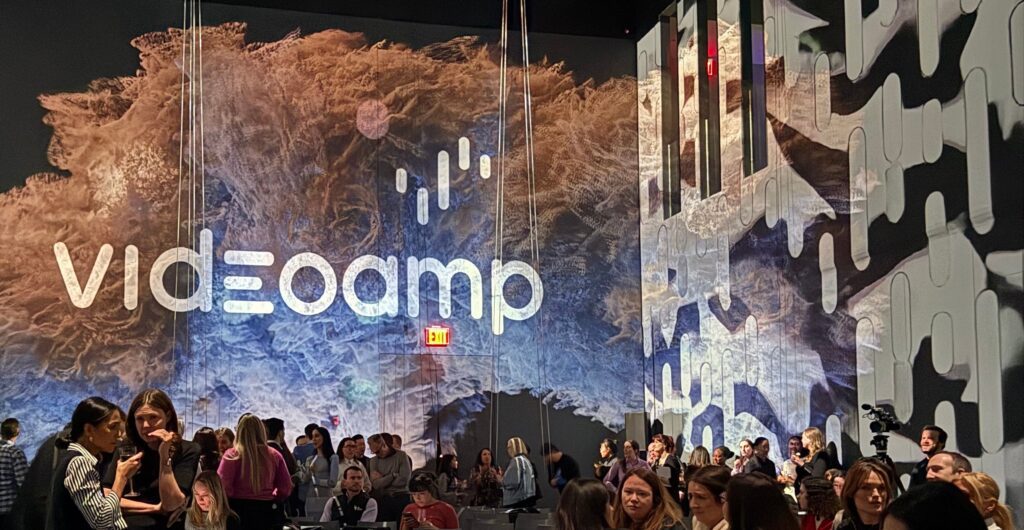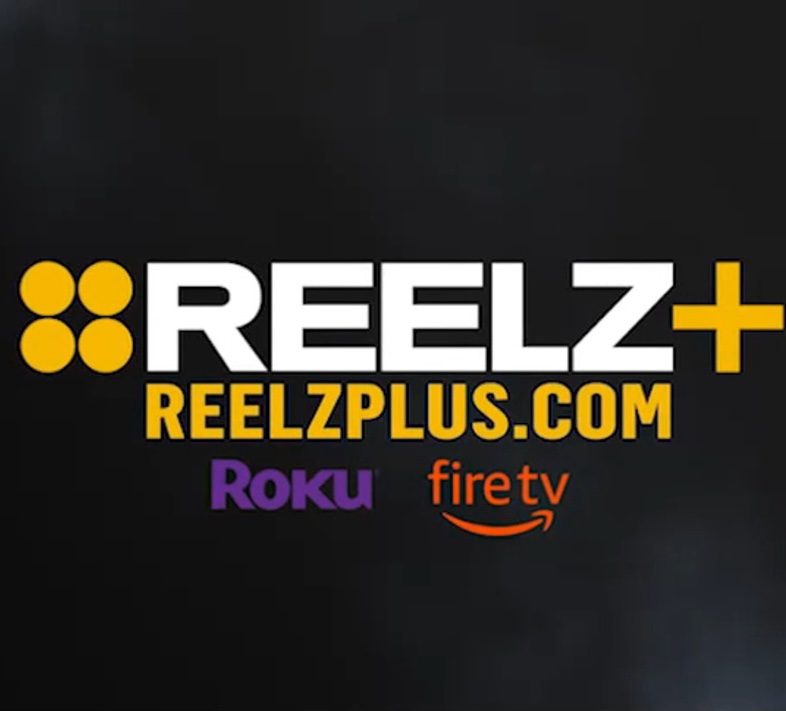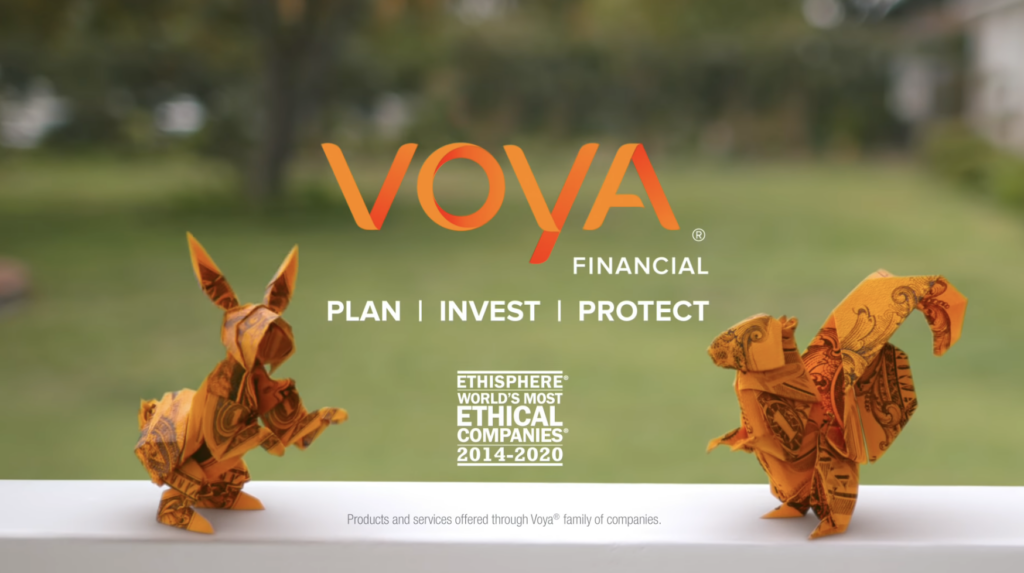 Consider this statistic: 80 percent of Americans feel that advertising underrepresents certain groups, in particular individuals with disabilities and special needs, according to research from Voya Financial. Moreover, 78 percent said they were more likely to do business with a company that uses diverse advertising.
Consider this statistic: 80 percent of Americans feel that advertising underrepresents certain groups, in particular individuals with disabilities and special needs, according to research from Voya Financial. Moreover, 78 percent said they were more likely to do business with a company that uses diverse advertising.
These findings are the basis behind Voya’s commitment to serving these groups in recent years, which has helped it carve out a niche that’s reaped rewards. We spoke with Paul Gennaro, Senior Vice President, Chief Brand and Communications Officer at Voya Financial, about how the brand is supporting individuals with disabilities and special needs both within the organization and externally through its marketing initiatives and financial solutions.
Chief Marketer: For context, how did your passion for marketing to people with disabilities and special needs come about?
Paul Gennaro: It came from our chairman and CEO, Rod Martin. Towards the end of 2015, Rod communicated to the leadership team that he wanted to make serving people with special needs and disabilities and their caregivers a priority for our organization, because the data is incredibly compelling. One in four Americans is going to find themselves with a disability at some point in their lifetime, and one in five Americans is going to find themselves as a caregiver. That’s a big chunk of the population. So, if you’re trying to help Americans have a good financial well being and future, and you’re not taking that into account, it hinders your ability to adequately serve the population.
We rolled it out internally with our management team as we got into 2016. And then in 2017, we launched the program called Voya Cares, which is our enterprise focus on serving people with special needs and their caregivers. It’s the right thing to do, and also it’s the smart thing to do from a business standpoint. Individuals with disabilities and special needs and their caregivers have unique financial planning needs. We did focus groups with employees as we looked to launch Voya Cares, and I had the pleasure of facilitating one of them. One of our employees shared that she has a son that has special needs. And every year, for the first two months of the year, her medical costs are through the roof. So, she needs her deductible. To the extent that you can help people plan, you’re positively impacting their lives in a huge way.
CM: How has the brand marketed to this audience, internally and externally?
PG: Internally, we’ve got a special needs employee resource group. If you look across the network of the ERGs that we have, it’s our fastest growing one. Our employees are incredibly passionate about it and engaged. We have people, including myself, that will mentor. I am vice chair of the organization Disability: IN, which has a college mentorship program. So you’ve got college students that are brilliant individuals, but they’ve got a disability or special need of some sort. A number of our leaders serve as mentors in that program.
Externally, we’ve done social campaigns. We did a program with the Special Olympics in 2017 called “Invest in Something Special,” where Special Olympics athletes share their aspirations beyond sport. And for every like, comment or share, we would donate a dollar—up to $500,000—to that campaign. In one week we ended up getting 940,000 engagements. It ended up being a finalist for ESPN’s Sports Humanitarian awards for 2018. We did a program in 2019 with a young woman named Lily Allison who is now nine. Her aspiration beyond sport was to sing. We brought her together with her hero, Mandy Harvey, who has her rare disease. We made that meeting possible and that led to sponsoring one of Mandy’s music videos on social. Engagement numbers were through the roof. Then in 2020, we did two concerts during 2020 that we sponsored for Mandy that we shared on social. We had over 4.6 million impressions. As we’ve made this part of who we are and our culture, it’s differentiating the company internally. And then externally, the level of engagement we’re seeing on social outperforms anything else we do.
If you think in terms of the employment side of it, not surprisingly, people with disabilities and caregivers have been disproportionately negatively affected by what we’ve seen during the last year. The unemployment rate for the special needs community is more than twice that of those individuals without [special needs]. Since March, one in five workers with disabilities lost their jobs due to the pandemic.
CM: Your recent commercial, “Growing Up,” highlights your programs for this group. What are the strategic marketing goals there?
PG: We want to provide people with confidence and momentum to keep moving forward. This is consistent with what Voya advertising has been since the brand was launched about six years ago. In recognizing the families with special needs, we provide solutions that protect an individual and their family’s future. We help individuals and their families meet their specific needs. The ad was shown to enhance our brand reputation of Voya. With this creative and what we’ve got with our media plan for ’21, our goal is to deliver about 1.9 billion impressions. And then we’ll continue to see the gains in attributes, such as interest in doing business with Voya. That’s where we lie today.
CM: Has the the pandemic influenced the campaign’s marketing rollout in any way?
PG: On the creative and concept side, it amplified the challenge that’s been well-known for many years. Individuals with disabilities and special needs are going to have unique financial challenges. Our CEO published an op-ed tied to the 30th anniversary of the passing of the Americans With Disabilities Act. He called on organizations, especially business, to be more inclusive. And a clear way to demonstrate that commitment is for companies to do things like participate with the Disability Equality Index. A good way to do that is to look at your communication and your messaging, inclusive of advertising, to showcase your inclusion of people with disabilities and special needs.
A recent article about the Edelman Trust Barometer showed the trend towards consumers and the public having decreasing trust in government and the media, but increasing trust in business. You’ve got society looking for companies to do the right thing, to lead by example, and ride the societal change that for whatever reason is not occurring through other means. You’re going to see more of a calling on business to do the right thing when it comes to inclusivity of people with special needs and disabilities, whether it’s about employing them or whether it’s about serving them.

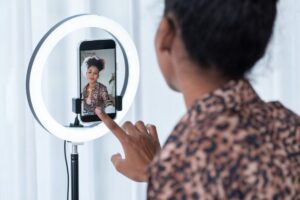

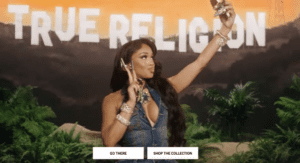
 Network
Network